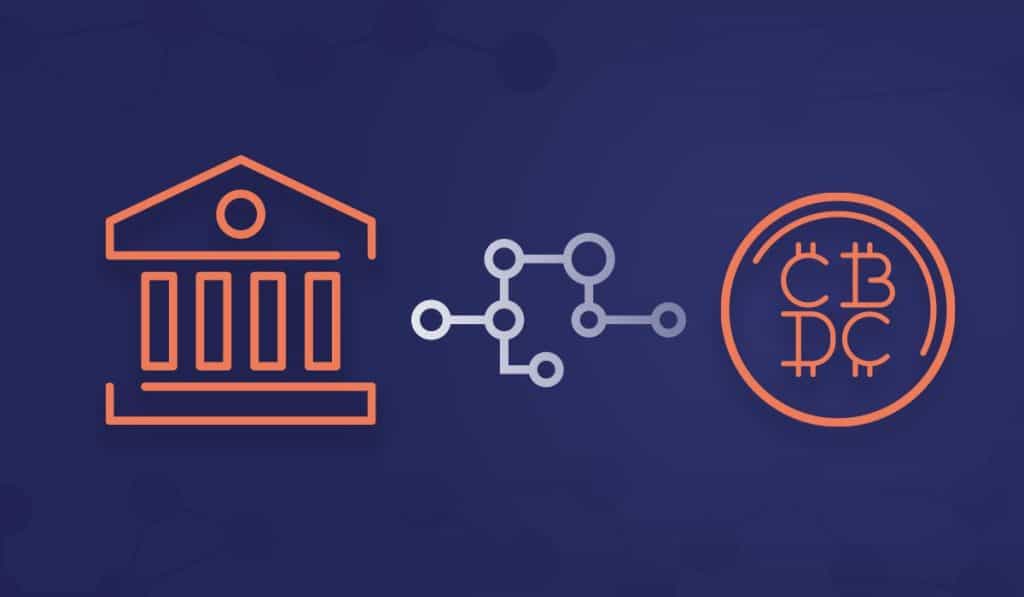
Florida Governor Ron DeSantis signed legislation Friday banning any central bank digital currency (CBDC) issued by the U.S. for use in Florida.
The new law prohibits the use of a federally adopted CBDC as money within Florida’s Uniform Commercial Code (UCC), institutes protections against a central global currency by prohibiting any CBDC by a foreign reserve or sanctioned central bank and calls on likeminded states to join in adopting similar legislation.
“The Biden administration’s efforts to inject a Centralized Bank Digital Currency is about surveillance and control,” said DeSantis in a press release when the bill was first introduced.
According to DeSantis, a federally controlled CBDC would give government officials the ability to see all consumer activity and even cut off access to goods and services for consumers.
“Sometimes government will do things where they provide kind of a benevolent rationale for what they’re doing but it’s really nothing more than a wolf in sheep’s clothing. Well I think with central bank digital currency, this is a wolf coming as a wolf. DeSantis said at a Friday press conference before signing the bill. “This is something that will be a massive transfer of power from individual consumers to a central authority. And that’s just fundamentally antithetical to a free society.”
However, the Federal Reserve has made no decisions to implement or pursue a CBDC. The institute has spent time exploring potential benefits and risks from all angles.
In its most recent published paper on the topic, the Federal Reserve said if one were to be created, it would need to “best serve the needs of the United States by being privacy-protected, intermediated, widely transferable, and identity-verified.”
What is CBDC?
The Federal Reserve defines CBDC as “a digital form of central bank money widely available to the general public.” In the U.S., there are two types of central bank money: Physical money issued by the Federal Reserve and digital balances held by commercial banks at the Federal Reserve. “Central bank money” is money the central bank is liable for.
Digital currency isn’t a new idea. Most people have bank accounts, used payment apps or have made purchases online. A CBDC is different in that the liability will be held by the Federal Reserve rather than a commercial bank.
What are the benefits of a CBDC?
CBDC has the potential to offer several advantages. It could offer households and businesses an electronic and convenient form of central bank money, ensuring safety and liquidity. Additionally, it could provide entrepreneurs with a platform to develop new financial products and services, enabling faster and cheaper payments, including cross-border payments. It could also expand consumer access to the financial system.
What are the cons of a CBDC?
A CBDC could also pose certain risks and would raise a variety of important policy questions, including how it might affect financial-sector market structure, the cost and availability of credit, the safety and stability of the financial system and the efficacy of monetary policy.
Can you buy CBDC?
If you’re an American citizen looking to use a CBDC in the U.S., then the short answer is that you can’t. The Federal Reserve has made no plans to implement a CBDC for use in the country. However, the Federal Reserve Bank of New York, Atlanta and Boston have ongoing research projects.
In January 2022, the Federal Reserve published its research findings in a paper titled Money and Payments: The U.S. Dollar in the Age of Digital Transformation. The 40-page paper can be accessed here: https://bit.ly/3Tykksz.
How many types of CBDCs are there?
There are two broad categories of CBDC: Retail and wholesale, though there is a spectrum of hybrid models between the categories. A retail system is the consumer component that allows them to own a CBDC in a wallet or account and use it for payments. Wholesale systems are meant for financial institutions, allowing for faster transactions, cross-border payments and more. Most countries are developing either retail or hybrid models.
Which countries have CBDCs?
There are around 90 countries currently exploring CBDCs but only a handful have launched products: The Central Bank of the Bahamas (Sand Dollar), the Eastern Caribbean Central Bank (DCash), the Central Bank of Nigeria (e-Naira), the Bank of Jamaica (JamDex) and the Reserve Bank of India (Digital Rupee).
Will CBDC replace cash?
The Federal Reserve says that its consideration of CBDC is a “means to expand safe payment options, not to reduce or replace them.”
Would using a CBDC put your privacy at risk?
Protecting consumer privacy is one of the most important topics covered in the Federal Reserve’s paper. Their analysis concluded that an intermediate model should be considered, allowing the private sector to offer accounts or digital wallets that would manage CBDC holdings and payments. This would allow the system to use the already-established privacy and identity-management frameworks used by the private sector.